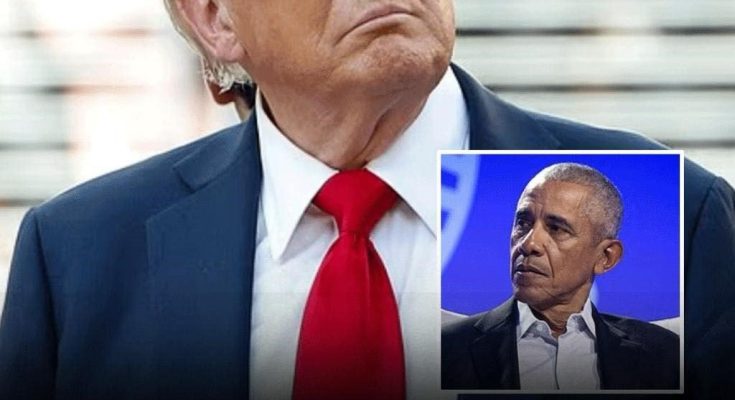Over the weekend, former President Donald Trump posted a highly realistic AI-generated video on his social media platform, Truth Social, depicting former President Barack Obama being escorted by law enforcement. The video was shared without a caption or disclaimer, leaving viewers uncertain about its intent or origin.
The clip quickly spread across TikTok, Instagram, X (formerly Twitter), and Facebook, generating widespread attention. At first glance, the footage appeared authentic, featuring lifelike details and ambient noise that resembled real news footage. Without context, many viewers were unsure whether it was real, satire, or something in between—prompting a wave of speculation, fact-checking, and online debate.
Questions immediately arose about the purpose behind the video. Some suggested it was a provocative piece of political commentary or satire; others feared it might fuel misinformation, especially during an active election cycle. The absence of any clear labeling or explanation intensified concerns.
Experts in digital media and law voiced serious concerns about the growing use of deepfake technology—AI-generated content designed to mimic real people and events. While such tools can be used for entertainment or artistic purposes, their potential to mislead is significant, especially when shared by high-profile figures. The video’s realistic style, coupled with its viral reach, reignited discussions about the responsibilities of public figures in the digital age.
“This is a wake-up call for social media platforms and lawmakers alike,” said one media ethicist. “When powerful tools like deepfakes are used without transparency, it blurs the line between reality and fiction—and that has real-world consequences.”
The video comes at a pivotal moment in American politics, with primaries underway and public trust in media and institutions already under strain. While deepfakes have been circulating for years, their quality and accessibility have recently advanced to a point where even seasoned viewers may find it difficult to distinguish them from authentic content.
Reaction to the video was mixed. Some viewers saw it as a form of digital satire or commentary, while others criticized the post as irresponsible or misleading. On X, one user described it as “a sign of where political messaging is headed,” while another wrote, “We need clear guidelines for AI-generated content before it’s too late.”
Former President Obama has not responded publicly to the video. Meanwhile, discussions continue around whether platforms should require clearer labeling of AI-generated material—particularly when public figures or sensitive topics are involved.
This incident highlights the growing need for digital literacy and ethical standards in the age of artificial intelligence. As technology continues to evolve, experts stress the importance of verifying content through trusted sources and staying alert to the ways media can be manipulated.
In an era where even the most lifelike visuals can be artificially produced, one thing remains clear: the responsibility to seek truth—and share it responsibly—is more important than ever.



